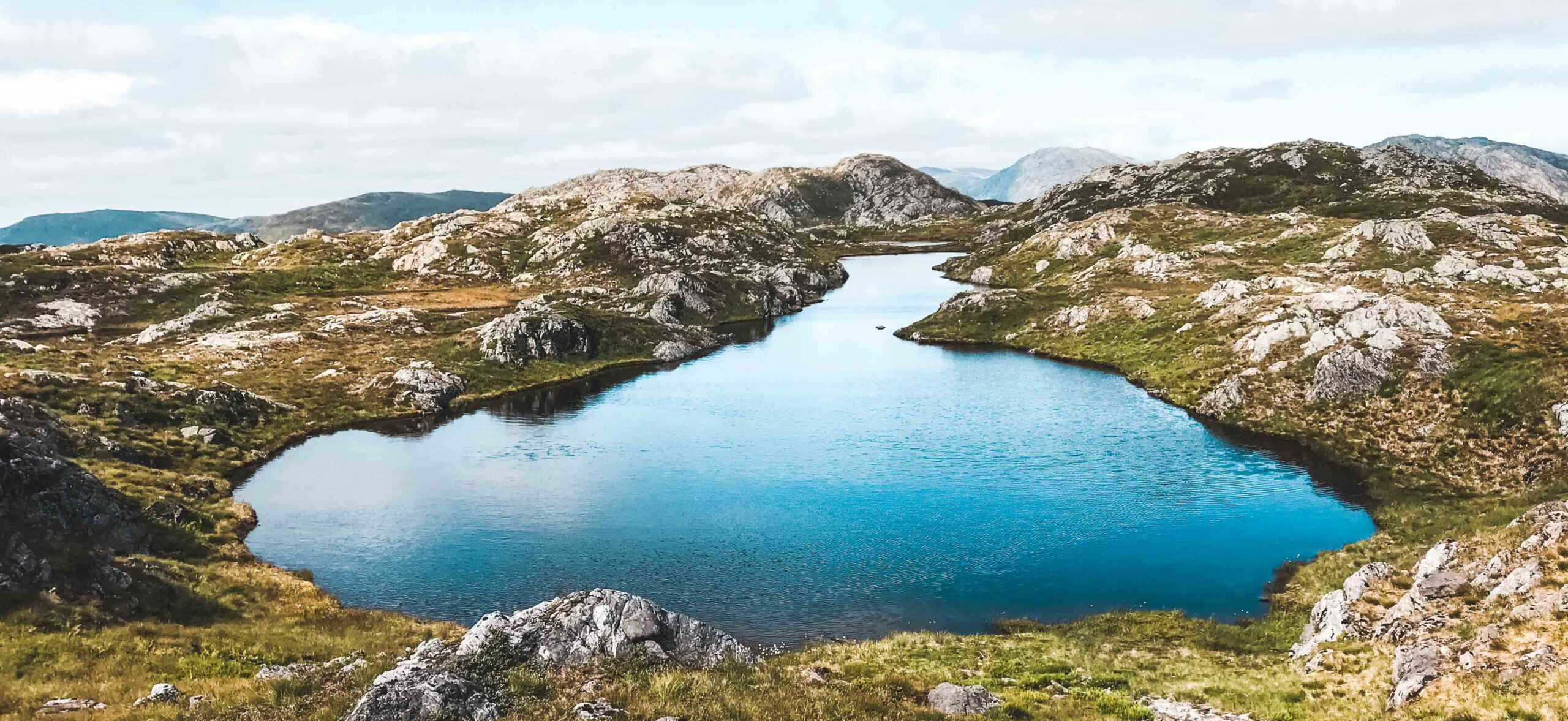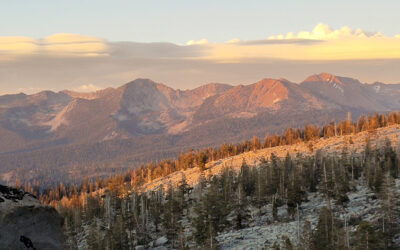Book Review
Reviewed by Patrick Kelly, Media And Book Review Editor
Wilderness Digest
August 2021 | Volume 27, Number 2
WILDNESS: RELATIONS OF PEOPLE AND PLACE
Edited by Gavin Van Horn and John Hausdoerffer. 2017. The University of Chicago Press, Chicago, Illinois. 272 pp. $30.00 (pb).

The romantic, Eurocentric ideal of wilderness has been criticized for erasing the relationship of native peoples with the landscape and perpetuating a false and dangerous human-nature dualism. In his essay, “The Trouble with Wilderness, or Getting Back to the Wrong Nature,” environmental historian William Cronon argues that “wilderness poses a serious threat to responsible environmentalism.” Cronon reasons that in idealizing a distant and uninhabited wilderness we run the risk of devaluing and absolving ourselves from responsibility for nature that is closer to home and all around us, thereby leaving ourselves “little hope of discovering what an ethical, sustainable, honorable human place in nature might actually look like.”
Picking up the metaphorical gauntlet that Cronon and others had thrown down before the environmental movement, the contributors to Wildness: Relations of People and Place collectively seek to chart a path to the “right” nature. Edited by Gavin Van Horn and John Hausdoerffer, the anthology brings together a diversity of esteemed authors, such as Gary Snyder, Robin Wall Kimmerer, Vandana Shiva, and Roderick Frazier Nash, who share their place-based stories about the interrelationships between humans and wildness. Inspired by Aldo Leopold’s insight that “the weeds in a city lot convey the same lessons as the redwoods,” the book embraces the concept of the relative wild as a way to bridge the human-nature divide and reimagine the role of humans in nature as active participants and co-creators of biodiversity. Celebrating the entire continuum of wildness, the book takes the reader on a journey to such diverse landscapes as Wrangell–St. Elias National Park in Alaska, sacred forests in West Africa, ranchland in rural New Mexico, and urban green spaces in Chicago.
The anthology is divided into four parts. In “Wisdom of the Wild,” the authors reflect on the diverse meanings of wildness and share what we can learn from wild systems and processes to enrich our own lives and communities. The “Working Wild” draws our attention to sustainable, local economies that co-exist with – and sometimes even enhance – wild nature. This part also uncovers ways in which rigid implementation of the wilderness ideal can come into conflict with social and ecological manifestations of wildness. Moving along on the spectrum of wildness, we learn about how the more accessible “Urban Wild” can foster transformative connections between people and their nonhuman kin, resulting in mutual healing and social and ecological restoration. Finally, in the “Planetary Wild,” the reader is exposed to diverse visions for how humans can recover and nurture wildness and thrive as respectful members of the community of life.
In drawing our attention to degrees of wildness that exist, including in everyday places, the book shows that “wildness is not an all-or-nothing proposition.” Wilderness advocates have historically neglected working landscapes and the built environment, and it is becoming increasingly obvious that all landscapes are critical to conserving and fostering appreciation for wild nature. Wildness: Relations of People and Place cures us of our myopic focus on wilderness and opens our eyes to the wild processes that are unfolding around us. In advocating for wildness everywhere, the book presents a constructive way to move beyond existing disagreements among environmentalists and unite us around the inclusive concept of wildness.
REVIEWED BY Tobias Nickel, student in the Masters in Environmental Management program at Western Colorado University; email: tobias.nickel@western.edu.
Read Next
Ambition: The Power of a Big Idea and Sticking to it
Protecting Half of Earth’s land and seas requires the power of persistence, truth and relationships.
Preserving the Wildness of Wilderness in the Anthropocene
Wildness: What is this evocative and elusive, primal and unquantifiable quality of Wilderness? Why is it so threatened in the non-analogue future we face? Why and how should we perpetuate it?
The Evolution Of Management Science To Inform Carrying Capacity Of Overnight Visitor Use In The Yosemite Wilderness
To avert overcrowding, mitigate biophysical impacts, and ensure quality wilderness experiences, managers utilize a suite of management tools, including inventories and assessments of wilderness campsite and social conditions, to evaluate changes to use and condition over time.



